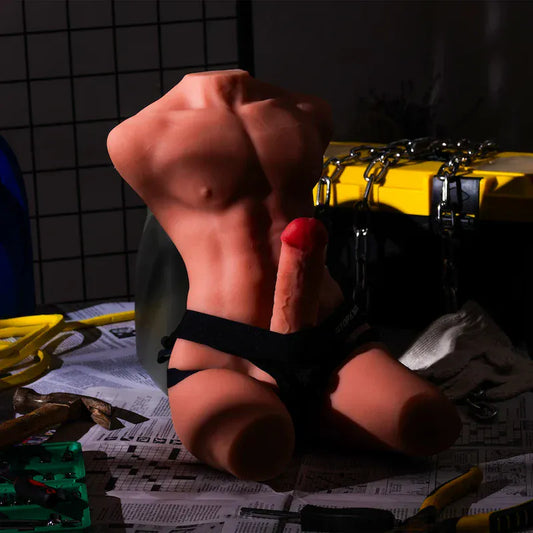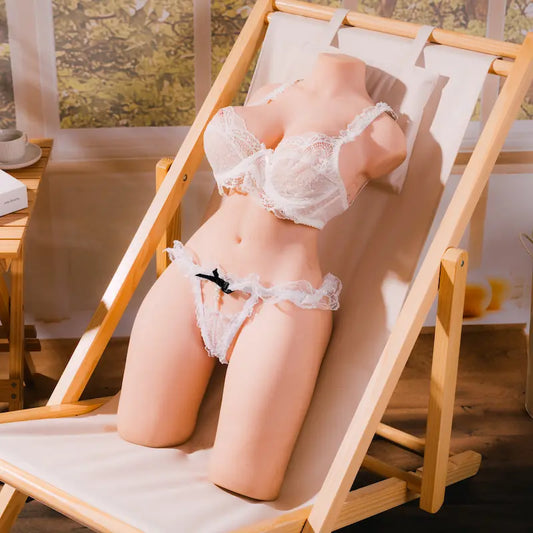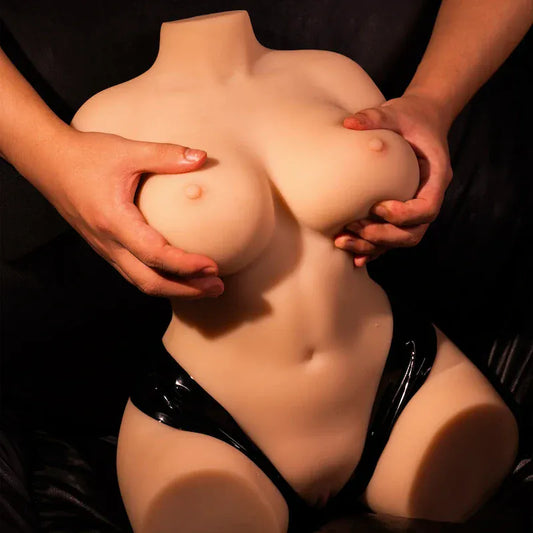Futanari Body Pillow Origins: From Japanese Anime to Global Fandom
Futanari Body Pillow designs have taken a fascinating journey from their roots in Japanese anime culture to becoming a global phenomenon. Known for combining the comfort of a dakimakura with fantasy-inspired artwork, these body pillows appeal to anime enthusiasts, collectors, and fans of unique intimacy experiences. Their rise reflects how fandoms evolve, blending niche artistic expression with mainstream recognition.
The Origins of Futanari in Japanese Anime
The word “futanari” originates from Japanese culture and refers to characters that embody both male and female attributes. Within anime and manga, these characters were created to explore fantasy themes, often pushing the boundaries of gender expression and erotic imagination. As anime gained international attention, futanari became a recognized niche in the broader hentai and anime community, sparking curiosity beyond Japan.
- Anime and Manga Foundations
Futanari characters first gained traction in illustrated manga and later in animated series, where fantasy elements allowed artists to experiment with body forms and identities.
- Role in Fantasy Storytelling
By blending masculine and feminine features, futanari characters became symbolic of versatility and fluidity, attracting fans interested in unconventional depictions of sexuality.
- Influence on Collectibles
The unique style quickly translated into figurines, posters, and eventually dakimakura body pillows, giving fans a tangible way to engage with the fantasy.
The Rise of the Dakimakura
Before the futanari variation appeared, the dakimakura (hug pillow) was already a popular item in Japan. Designed for comfort and companionship, dakimakura became especially beloved in otaku culture when combined with anime character prints.
- Comfort and Emotional Support
Dakimakura offered fans a sense of companionship, particularly for those immersed in anime fandoms.
- Expansion into Fantasy Themes
As custom printing technology improved, dakimakura artwork expanded to include erotic themes, paving the way for futanari body pillow designs.
- Crossover Appeal
The combination of plush comfort and fantasy art blurred the lines between collector’s item and intimate accessory.
Global Expansion of Futanari Body Pillow Culture
With the globalization of anime culture, futanari body pillows found enthusiastic audiences worldwide. Online platforms, anime conventions, and international shipping networks allowed fans from the USA, Europe, and beyond to access these items easily.
- Anime Conventions
Body pillows became highlights at anime and comic conventions, often featured in artist alleys where independent illustrators showcased futanari-inspired designs.
- Online Communities
Dedicated forums and fandom groups helped normalize futanari as a niche within global anime culture, fostering discussions and trading of body pillow artwork.
- Customization Options
Fans could now order personalized futanari body pillows, selecting from various fabrics and custom art styles to suit individual preferences.
Modern Designs and Features
Today’s futanari body pillows go far beyond printed covers, offering a wide range of materials, designs, and interactive options that enhance the experience.
- High-Quality Fabrics
Soft, durable fabrics like peach skin, velvet, and two-way tricot are popular for comfort and longevity.
- Double-Sided Prints
Most futanari pillows feature two unique artworks, offering different moods or poses depending on the side.
- Life-Size Options
Available in multiple sizes, including life-size variations that replicate realistic body proportions.
- Interchangeable Covers
Fans can collect multiple futanari designs and swap covers to suit their mood or character preference.
Comparison: Standard Dakimakura vs Futanari Body Pillow
The following table highlights the key differences between a regular dakimakura and a futanari body pillow:
| Feature | Standard Dakimakura | Futanari Body Pillow |
|---|---|---|
| Design Focus | General anime characters, often wholesome | Fantasy-oriented characters with erotic or futanari themes |
| Audience | Anime fans seeking comfort or companionship | Anime fans exploring erotic fantasy and unique identities |
| Artwork | Single or double-sided prints, usually modest | Double-sided erotic prints, often customizable |
| Sizes | Common sizes: 150cm, 160cm | Similar sizes, with life-size and fantasy-inspired options |
| Collectibility | Considered fan merchandise | Viewed as niche collectibles and fantasy art |
Cultural Impact and Fandom Appeal
The popularity of futanari body pillows reflects the growth of fandom culture worldwide. No longer confined to Japan, these pillows are now symbols of inclusivity and fantasy exploration for diverse audiences.
- Representation of Fantasy and Identity
They provide fans with a way to embrace unconventional identities and desires through art and comfort.
- Collectible Art
Futanari body pillows are increasingly viewed as part of anime art collections, with rare designs becoming valuable among enthusiasts.
- Global Acceptance
As anime culture continues to expand, niche products like futanari pillows highlight the blending of cultural boundaries and creative freedom.
Conclusion
The evolution of the Futanari Body Pillow from its origins in Japanese anime to a global fandom staple showcases how cultural niches can grow into worldwide trends. Combining artistic expression, comfort, and fantasy, these pillows represent the ongoing expansion of anime-inspired products across borders. Whether purchased as a collectible, a companion, or an intimate accessory, futanari body pillows continue to captivate fans with their unique blend of creativity and comfort.
Guess you'll like it
No comments

















0 comments